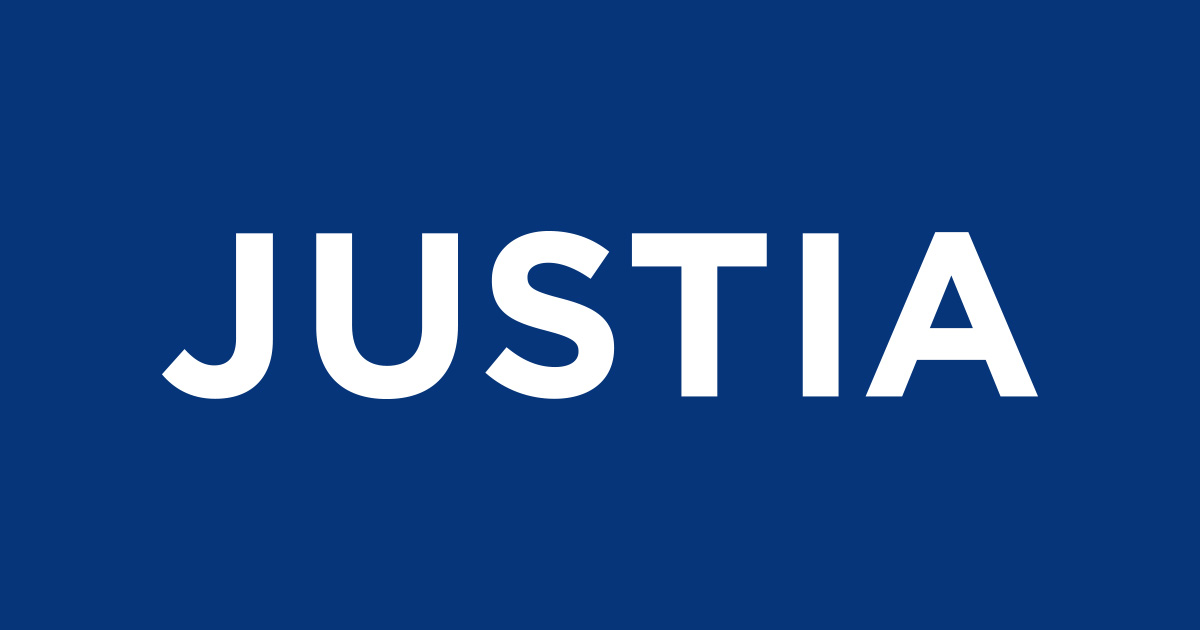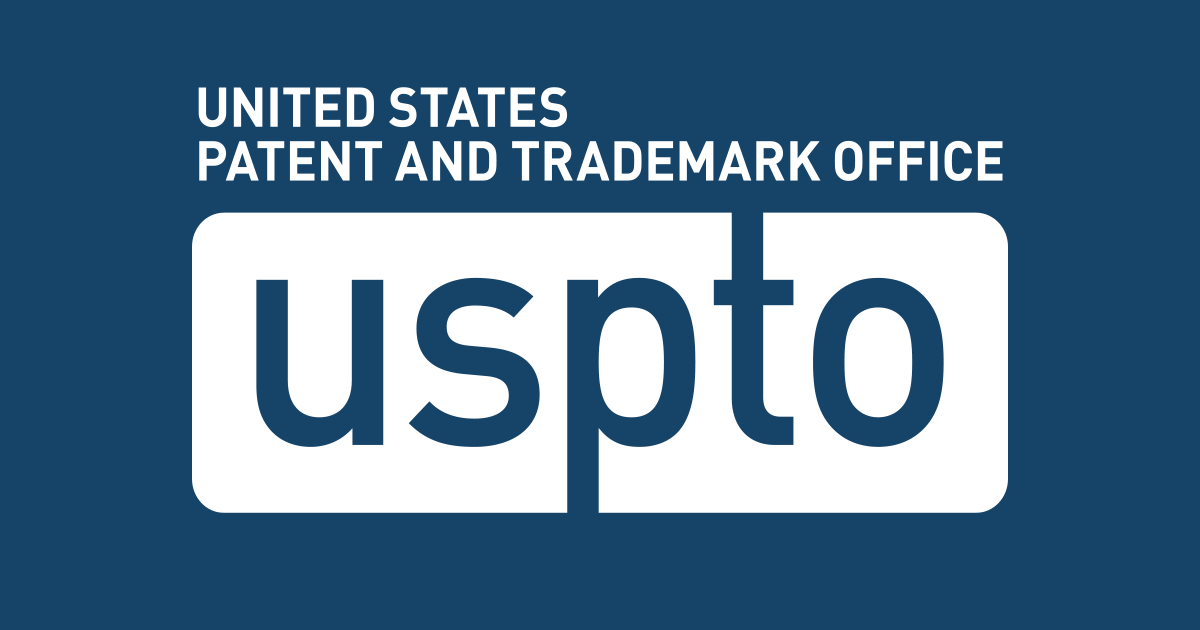acespicoli
Well-known member
United States Patent
Lewis et al.
US009095554B2
Patent No.: US 9,095,554 B2
Date of Patent: Aug. 4, 2015
(54) BREEDING, PRODUCTION, PROCESSING
AND USE OF SPECIALTY CANNABS
(71) Applicant: Biotech Institute LLC, Westlake
Village, CA (US)
(72) Inventors: Mark Anthony Lewis, Westlake Village,
CA (US); Michael D Backes, Westlake
Village, CA (US); Matthew Giese,
Westlake Village, CA (US)
(73) Assignee: Biotech Institute LLC, Los Angeles,
CA (US)
(*) Notice: Subject to any disclaimer, the term of this
patent is extended or adjusted under 35
U.S.C. 154(b) by 0 days.
(21) Appl. No.: 14/216,744
(22) Filed: Mar 17, 2014
(65) Prior Publication Data
US 2014/0287O68A1 Sep. 25, 2014
Patents Assigned to Biotech Institute LLC
Extracts of cbd and thc
Patent number: 11528861
- Abstract: The invention provides compositions and methods for the breeding, production, processing and use of specialty Cannabis.
18. The composition of claim 6, wherein the composition comprises at least 20.0% THC by weight.
19. The composition of claim 6, wherein the composition comprises at least 20.0% CBD by weight.
Referenced Cited
U.S. Patent Documents
| 4279824 | July 21, 1981 | McKinney |
| 6403126 | June 11, 2002 | Webster et al. |
| 6630507 | October 7, 2003 | Hampson et al. |
| 7968594 | June 28, 2011 | Guy et al. |
| 9095554 | August 4, 2015 | Lewis |
| 9370164 | June 21, 2016 | Lewis |
| 9642317 | May 9, 2017 | Lewis et al. |
| 20040049059 | March 11, 2004 | Mueller |
| 20080103193 | May 1, 2008 | Castor et al. |
| 20080241339 | October 2, 2008 | Mitchell et al. |
| 20090035396 | February 5, 2009 | De Meijer |
| 20100216872 | August 26, 2010 | Letzel et al. |
| 20110098348 | April 28, 2011 | De Meijer |
| 20120311744 | December 6, 2012 | Sirkowski |
| 20130109747 | May 2, 2013 | Whittle |
| 20140243405 | August 28, 2014 | Whalley |
| 20140245494 | August 28, 2014 | Cohen |
| 20140245495 | August 28, 2014 | Cohen |
| 20140287068 | September 25, 2014 | Lewis et al. |
| 20140298511 | October 2, 2014 | Lewis |
| 20150359188 | December 17, 2015 | Lewis et al. |
| 20150366154 | December 24, 2015 | Lewis et al. |
| 20160324091 | November 10, 2016 | Lewis et al. |
| 20170202170 | July 20, 2017 | Lewis et al. |
| 20180064055 | March 8, 2018 | Lewis et al. |
| 20180284145 | October 4, 2018 | Giese et al. |
| 2923091 | March 2015 | CA |
| 2459125 | October 2009 | GB |
| WO 2011/110866 | September 2011 | WO |
| WO 2014/145490 | September 2014 | WO |
| WO 2015/065544 | May 2015 | WO |
| WO 2016/105514 | June 2016 | WO |
| WO 2016/123160 | August 2016 | WO |
- Booth, JK et al. 2017, PLoSONE; vol. 12, No. 3; pp. 1-20.
- Fischedick, J.T et al., Phytochemistry 2001, vol. 71; pp. 2058-2073.
- Russo, E., British Journal of Pharmacology, 201: vol. 163; pp. 1344-1364.
- Fischedick, J.T. et al., Phytochemistry 2010, vol. 71; pp. 2058-2073. (Year: 2010).
- Pure Analytics LLC Web Document; published online Dec. 2012; 5 pages. (Year: 2012).
- Russo, E.B., The British Journal of Pharmacology (2011) vol. 613, pp. 1344-1364. (Year: 2011).
- HealthyHempOil.com taken from the web, Jan. 4, 2014; 1 page. (Year: 2014).
- Gieringer, D., “Cannabis “Vaporization”: A Promising Strategy for Smoke Harm Reduction.” Journal of Cannabis Therapeutics (2001); 1 (3-4): 153-170.
- Klingeren and Ham, “Antibacterial activity of Δ9-tetrahydrocannabinol and cannabidiol”, Antonie van Leeuwenhoek (1976); 42 (1-2): 9-12.
- Pertwee, Rg., “Emerging strategies for exploiting cannabinoid receptor agonists as medicines.” Br J Pharmacol. (2009); 156 (3): 397-411.
- Analytical 360 Analysis of Girl Scout Cookie (Patient Solutions) on Jun. 23, 2014, https://web.archive.org/web/2014062818281O/http://analytical360.com/m/flowers/251990, 3 pages.
- Booth et al., “Terpene synthases from Cannabis sativa,” PLoS ONE (2017) 12(3): e0173911, 20 pages.
- Agilent Technologies, Inc. “Consideration for Selecting GC/MS or LC/MS for Metabiomics”, Feb. 24, 2007, 4 pages.
- Analytical 360 Analysis of Critical Mass on Aug. 25, 2014, http://analytical360.com/m/expired/276599, 5 pages.
- Analytical 360 analysis of Sweet & Sour Widow CBD on Nov. 2, 2013. http://analytical360.eom/m/expired/131803, 4 pages.
- Analytical 360 Analysis of Sweet n' Sour Widow on May 8, 2014, http://analytical360.com/m/expired/230612, 4 pages.
- Bertoli, A., et al., “Fibre hemp inflorescences: From crop-residues to essential oil production”, Industrial Crops and Products, Nov. 1, 2010, pp. 329-337, vol. 32, No. 3.
- Casano et al., “Variations in Terpene Profiles of Different Strains of Cannabis sativa L.” Acta Horticulturae, vol. 925, pp. 115-121, 2011.
- CBD Crew “About Us” Printed copy provided as published on Apr. 10, 2012. URL: http://cbdcrew.org/about-us/, 3 pages.
- CBD Crew “Varieties” printed copy as published on Mar. 20, 2012 URL: http://cbdcrew.org/varieties/, 2 pages.
- CBD Crew Analysis Report; (Critical Mass, Fundacion CANNA; Mar. 21, 2012), pp. 1-2, http://cbdcrew.org/varieties/cbd-critical-mass/.
- CBD Crew Sweet and Sour Widow analysis published Nov. 2, 2013, pp. 1-5. http://analytical360.com/m/expired/131803.
- CBD Crew variety “Sweet and Sour Widow” retrieved from the internet: https://web.archive.org/web/20120409021918/http://cbdcrew.org/varieties/cbd-sweet-and-sour-widow/, published on Apr. 9, 2012, retrieved on Mar. 10, 2017, 2 pages.
- CBD Crew Web Pub; (Critical Mass sample available from Northwest Canna Connection; Feb. 26, 2014, pp. 1-5. http://analytical360.com/m/expired/197158.
- CBD-crew front page on Nov. 22, 2014. www.cbdcrew.org, 2 pages.
- De Meijer and Hammond, “The inheritance of chemical phenotype in Cannabis sativa L. (V): regulation of the propyl-/pentyl cannabinoid ratio, completion of a genetic model.” Euphytica (2016); 210: 291-307.
- De Meijer et al., 2003, “The Inheritance of Chemical Phenotype in Cannabis sativa L.” Genetics, 163: 335-346.
- De Meijer et al., 2005, “The Inheritance of Chemical Phenotype in Cannabis sativa L. (II) Cannabigerol Predominant Plants.” Euphytica, 145:189-198.
- De Meijer et al., 2009, “The Inheritance of chemical phenotype in Cannabis sativa L. (III) Variation in Cannabichromene Proportion”, Euphytica, 165:293-311.
- De Meijer et al., 2009, “The Inheritance of Chemical Phenotype in Cannabis sativa L. (IV) Cannabinoid-Free Plants”, Euphytica, 168:95-112.
- Fischedick, J. et al., “Metabolic fingerprinting of Cannabis sativa L., cannabinoids and terpenoids for chemotaxonomic and drug standardization purposes” Phytochemistry 2010, vol. 71., pp. 2058-2073.
- G. of Vancouver Island Seed Company, “How to make Clones”, Cannabis Culture Magazine published on Tuesday, Apr. 29, 2009, 58 pages. Available online at http://www.cannabisculture.com/content/how-make-clones.
- Halent Laboratories “Test Results for Dougie's Farm H0-21”, Test ID# 2960-1, Feb. 14, 2013, 5 pages.
- Halent Labs Chemical Analysis for “Pineapple Purps” retrieved from the internet: http://steephilllab.com/thcv-the-sports-car-of-cannabinoids/, retrieved on Mar. 17, 2017, 1 page.
- International PCT Search Report for PCT/US2014/030267, dated Nov. 7, 2014, 6 pages.
- International PCT Search Report for PCT/US2014/046694, dated Jan. 5, 2015, 7 pages.
- International Preliminary Reporton Patentability for International Application No. PCT/US2014/030267 dated Sep. 15, 2015, 10 pages.
- International Preliminary Reporton Patentability for International Application No. PCT/US2014/046694 dated May 3, 2016, 11 pages.
- Kojoma, M. et al., “DNA polymorphisms in the tetrahydrocannabinolic acid (THCA) synthase gene in “drug-type” and “fiber-type” Cannabis sativa L”, Forensic Science International, Jun. 2, 2006, pp. 132-140, vol. 159, No. 2-3, Elsevier Scientific Publishers Ireland Ltd.
- McPartland and Russo 2001 “Cannabis and Cannabis Extracts: Greater Than the Sum of Their Parts”, Journal of Cannabis Therapeutics vol. 1, No. 3/4,2001, pp. 103-132.
- Pertwee, Rg. 2008 “The diverse CB1 and CB2 receptor pharmacology of three plant cannabinoids: Δ9 tetrahydrocannabinol, cannabidiol and Δ9tetrahydrocannabivarin” Br. J Pharmacol. 153(2): 199-215.
- Russo and Guy, “A tale of two cannabinoids: the therapeutic rationale for combining tetrahydrocannabinol and cannabidiol”, Medical Hypothesis, 2006, 66:234-246).
- Russo, E.B., “Taming THC: potential cannabis synergy and phytocannabinoid-terpenoid entourage effects” The British Journal of Pharmacology, 2011, pp. 1344-1364, vol. 163.
- Satyal, P. et al. “Chemotyping and Determination of Antimicrobial Insecticidal, and Cytotoxic Properties of Wild Grown Cannabis saliva from Nepal” Journal of Medicinally Active Plants, Dec. 2014, vol. #3, Issue 1, pp. 9-16.
- Seedsman Listing of “Sweet and Sour Widow”, on May 21, 2013, http://web.archive.org/web/20130521...com/en/cbd-sweet-n-sour-widow-regular-5-seeds, 3 pages.
- Solon, Olivia, “Medical Marijuana Without the High”, Jul. 5, 2012, retrieved from the internet: www.wired.com.
- Steep Hill Halent Cannabis Analytics and Research: “Dougs Varin Decarb THCV Std.”, Steep Hill Labs, Inc., Reported Jun. 10, 2014, retrieved from the internet: http://steephilllab.com/wp-content/uploads/2014/07/DougsVarinKief_Decarbed.pdf, retrieved on Mar. 17, 2017, 3 pages.
- Steep Hill Halent Cannabis Analytics and Research: “Dougs Varin THCVA Std.”, Steep Hill Labs, Inc., Reported Jun. 10, 2014, retrieved from the internet: http://steephilllab.com/wp-content/uploads/2014/07/DougsVarinKief.pdf, retrieved on Mar. 17, 2017, 3 pages.
- The Werc Shop Terpene Profiling Services, Aug. 26, 2012. http://web.archive.org/web/20120826071723/http://thewercshop.com/services/terpene-profiling-services, 4 pages.
- Van Bakel, et al. “The draft genome and transcriptome of Cannabis sativa”, Genome Biology, Oct. 20, 2011, p. R102, vol. 12, No. 10, Biomed Central Ltd., London, GB.
- Waksmundzka-Hajnos and Monika, “High Performance Liquid Chromatography in Phytochemical Analysis (Chromatograhic Science Series).” Published May 14, 2012. p. 582 provided.
- Written Opinion for International Application No. PCT/US2014/030267 dated Nov. 7, 2014, 9 pages.
- Written Opinion for International Application No. PCT/US2014/046694 dated May 1, 2015, 10 pages.
- “CBD Strains From Europe Grown out in California.” O'Shaughnessy's News Services (Winter/Spring 2013), The Journal of Cannabis in Clinical Practice. Also available online at: www.beyondthc.com/wp-content/uploads/2013/03/PCBD-update-22-26.pdf.
- “CBD: A Patient's Guide to Medical Cannabis.” by Leinow & Birnbaum, North Atlantic Books, Berkeley, California (2017), Chapter 9 Alphabetized list of High-CBD Strains, pp. 252-252, 10 pages.
- “Terpenoids, ‘minor’ cannabinoids contribute to ‘entourage effect’ of Cannabis-based medicines.” by Gardner, O'Shaughnessy's News Services, The Journal of Cannabis in Clinical Practice (Autumn 2011), p. 1 and 19-21, 4 pages, Available online at http://www.beyondthc.com/osr-shop/.
- “The Release of Omrita Rx3.” O'Shaughnessy's News Service (Autumn 2011), p. 15, 1 page, Also available online at http://www.beyondthc.com/wpcontent/uploads/2012/07/CBDiary2.pdf.
- CBD Crew Strain, “CBD Nordle” Available to the public on or before Aug. 14, 2013 and retrieved from the internet at https://web.archive.org/web/20130814133339/http://cbdcrew.org:80/varieties/cbdnordle/ 2 pages.
- Communication (“letter of protest”) to the Canadian Patent Office dated Jan. 25, 2018, in Canadian Application No. 2,911,168, 9 pages.
- Elsohly, M.A., et al., Journal of Forensic Sciences, 1984; vol. 29, No. 2, pp. 500-514, 15 pages.
- Lab Results for “CBD-Nordle.” Available online at: http://cbdcrew.org/labresults/cbd-nordle/, Sep. 2014, 5 pages.
- Analytical 360, Test results for “Nordle”, Jun. 22, 2013 (Jun. 22, 2013), retrieved from the internet: http://archive.analytical360.com/m/archived/79871, retrieved on May 29, 2019.
- Analytical 360, Test results for “Nordle”, Jan. 8, 2014 (Aug. 1, 2014), retrieved from the internet: http://archive.analytical360.com/m/archived/166950, retrieved on May 29, 2019.
- Analytical 360 Analysis of Girl Scout Cookie (Patient Solutions) on Jun. 23, 2014, https://web.archive.org/web/20140628182810/http://analytical360.com/m/flowers/251990, 3 pages.
- Analytical 360 Analysis of Omrita Rx on Feb. 20, 2014, http://archive.analytical360.com/m/archived/192732, 3 pages.
- Grotenhermen et al., “The therapeutic potential of cannabis and cannabinoids”, Dtsch Arztebl Int., vol. 109, No. 29-30, pp. 495-501, 2012.
- Hillig, “A chemotaxonomic analysis of terpenoid variation in Cannabis,” Biochemical Systematics and Ecology (2004), 32:875-891.
- Okumura et al., “Terpinolene, a component of herbal sage, downregulates AKT1 expression in K562 cells”, Oncology Letters, vol. 3, pp. 321-324, 2012.
Patent History
Patent number: 11528861
Type: Grant
Filed: Oct 27, 2017
Date of Patent: Dec 20, 2022
Patent Publication Number: 20180064055
Assignee: Biotech Institute, LLC (Westlake Village, CA)
Inventors: Mark Anthony Lewis (Ventura, CA), Michael D Backes (Los Angeles, CA), Matthew W Giese (Columbus, OH)
Primary Examiner: Russell Kallis
Application Number: 15/795,904
Classifications
International Classification: A01H 6/28 (20180101); A01H 5/02 (20180101); A01H 1/04 (20060101); A01G 22/67 (20180101); A01H 5/12 (20180101); A01H 4/00 (20060101);












